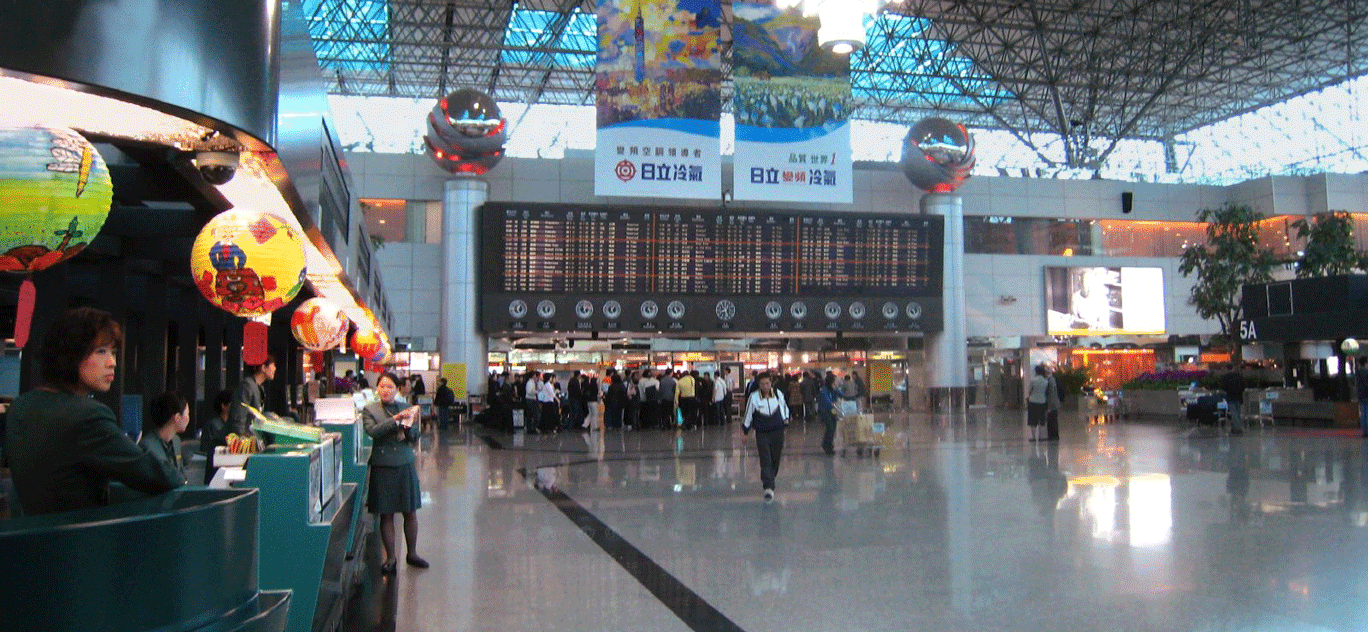Tips for translating from Chinese to English Part 2: Avoiding common mistakes

Chinese and English are very different languages. Good Chinese to English translators must be able to understand the nuances of Chinese source texts as well as effectively express the meaning of these texts in English. If you are a native English speaker and Chinese is your second language, be sure to maintain your Chinese language skills through regular study and reading. If you are a native speaker of Chinese and English is your second language, Language Specialists expect you to write in English at a native level. This requires doing research to find the correct English term, brushing up on your English grammar, and being aware of cultural context.
Common translation pitfalls
Here are some of the mistakes and traps that Chinese to English translators encounter:
- Less experienced translators may encounter parsing errors because they are unable to understand a sentence completely (or don’t know how to write it in English) so they just translate each character individually. This may produce very unusual results – such as on the sign above, where 吸烟 (smoking) has become “attracts the smoke.”
- Research is critical for producing accurate translations. In particular, check proper nouns carefully and avoid assuming that they should be simply written in pinyin. For example, 康是美 is Cosmed, not “Kangshimei”, and 屈臣氏 is Watsons, not “Quchenshi.”
- Be aware of differences in usage among Chinese speakers in different locations. For example, names for people from outside mainland China are normally not written using pinyin – 蔡英文 is “Tsai Ing-wen”, not “Cai Yingwen.” Some words may even have different meanings: 土豆 is “potato” in mainland China but “peanut” in Taiwan.
- Be sure to use the right prepositions. For example, “新課程強調理論與應用並重” was translated as “The new course emphasizes on both theory and application.” Here, the use of “on” is incorrect and the correct translation should be, “The new course emphasizes both theory and application.”
- Be careful when using the correct verb form. For example, “本人持教师资格证书” should be “I hold a teaching certificate.” but it was translated as “I am holding a teaching certificate”, which means the individual is physically holding the certificate at the time of writing, and not in possession of the certificate.
- Be aware of cultural context and consider your target audience. In Taiwan, people sometimes refer to the international airport as the “national gate” (國門) because it is where people enter and leave the country. However, the literal translation is likely to only confuse foreigners who are unfamiliar with this usage. Use a more universally recognized term like “airport” instead.

At the Taiwan Taoyuan Airport, not “National Gate” Image source
There are many resources available for translators to use. I particularly like the free app Pleco which is available for both iOS and Android for checking vocabulary. There is also a wealth of resources online, like Grammar Girl to ensure that your English grammar is accurate.
Whatever your background, improving yourself as a translator takes time and patience. Being aware of these common pitfalls encountered by Chinese to English translators and checking your translations carefully can help ensure a high-quality job.


